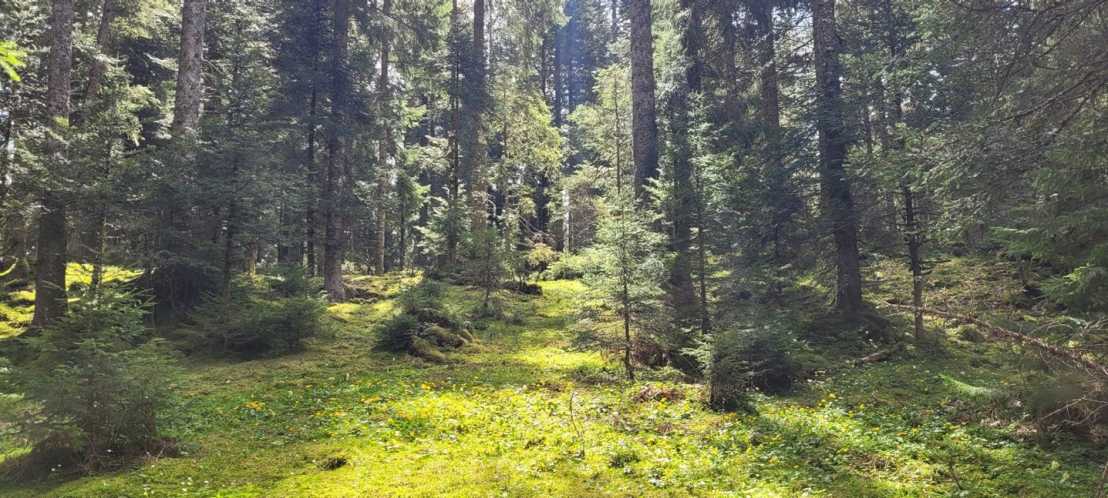How does tree growth respond to release events?

Background: Forest stands are affected by frequent natural and manmade disturbance events such as windthrow, insect calamities or tree harvests throughout their entire life cycle. Even though large scale, stand replacing events may occur from time to time, small scale disturbance events that cause only a partial removal of a stand are much more common. Trees whose direct neighbors are removed by a disturbance event experience a sudden change of the stand structure in their neighborhoods that lead to an altered light environment, microclimate and shifted wind forces. Depending on the species, morphology, dimension and life history of a tree, the effect of a release event on vitality and growth is largely different. Some trees may respond with increased growth due to reduced competition pressure, others will not be affected or even respond with reduced tree growth due to a limited plasticity to adapt to the new conditions.
The capability of trees to react to disturbance events determines the resilience of a forest stand. Resilient stands that are capable to recover fast after disturbance events ensure future provision of ecosystem services such as timber production or protection from rockfall. Resilience is therefore an important goal for forest management. Knowledge about factors that determine the response of tree growth to release events is needed to manage forest stands for resilience and to predict how tree and stand growth will respond to small scale disturbance events in the future.
Aim: With this project we want to develop and empirically test hypotheses about different factors at tree- and neighborhood-level that determine the response of trees to a sudden release after small- and midscale disturbance events.
Methods: The Experimental Forest Management project at WSL is continuously monitoring forest growth on a network of research plots throughout Switzerland since 1888. The long-term data of these plots will be used to identify historic release events, quantify potential drivers of release effects on forest growth and to empirically test our previously developed hypotheses.
Wanted: Highly motivated student interested in disturbance ecology and forest growth.
You will get to:
- Deepen your knowledge about important ecosystem processes, forest development and forest management.
- If desired, be practically involved in monitoring forest growth and obtain first-hand experience and skills in applying forest inventory methods.
- Expand your network by discussing your work with experts from different fields of forest sciences.
- Be a co-author on a publication resulting from this work.
- Be part of a motivated, fun, and energetic team of scientists.
Supervisor: Dr. J. Glatthorn, Prof. Dr. V. Griess.
The project has a flexible starting date.
If the idea of participating in cutting-edge interdisciplinary research excites you, please contact jonas.glatthorn(at)wsl.ch. The FORM team and the Experimental Forest Management project team (WSL) are looking forward to hearing from you!